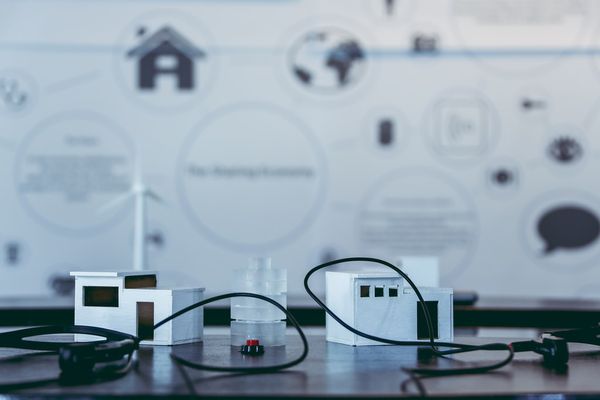Ouch! Some countries might not be that excited about IoT, after all

Following an overall expected spending of $1.7 trillion by 2020, the IoT market is growing rapidly and unexpectedly expanding in various sectors across regions. Canada is one of the many countries which have shown exponential growth in IoT adoption, especially in the business sector, where it has been implemented to reduce expenses and increase productivity.
As connected devices get through multiple markets, 45 per cent of medium to large Canadian companies have implemented some sort of IoT system, found IDC report The Internet of Things: Get Ready to Embrace Its Impact on the Digital Economy.
“While wearable devices are the consumer face of the Internet of Things, and where recognition of IoT appears to begin, the real opportunity remains in the enterprise and public sector markets,” said Vernon Turner, Senior Vice President of Enterprise Systems and IDC Fellow for The Internet of Things. “The ripple effect of IoT is driving traditional business models from IT-enabled business processes to IT-enabled services and finally to IT-enabled products, which is beginning to disrupt the IT status quo.”
However not everyone is as excited to hop on the IoT boat. Take Germany, for instance. Despite all the hype and predictions that make wearables seem a real gold mine for the consumer market, Germans beg to disagree.
Statistics show that most Germans are not even that interested in using fitness trackers, one of the most representative device for its segment, although they did purchase one at some point. Respondents claimed the device was “annoying,” “difficult to use” and not a real incentive to stay healthy.
“It”s a clear indication for us: the majority of people in Germany do not see the need to use wearables,” said Clemens Muth, Chairman of the Board of Management at DKV. “We believe that wearables don”t interest healthy people who have an average desire to exercise.”
Leaving this aside, the integration of IoT applications with large infrastructures or industrial systems would simplify business processes and improve operational flow.
But IoT also comes with many associated risks, issue which should become a top priority for both users and engineers developing devices. Being very easy to hack into, these devices are new targets for hackers due to the multiple vulnerabilities in network connectivity and interoperability. So before engineers come up with another dog tracker, maybe they can focus on security as well.
tags
Author
After having addressed topics such as NFC, startups, and tech innovation, she has now shifted focus to internet security, with a keen interest in smart homes and IoT threats.
View all postsRight now Top posts
How to Protect Your WhatsApp from Hackers and Scammers – 8 Key Settings and Best Practices
April 03, 2025
Outpacing Cyberthreats: Bitdefender Together with Scuderia Ferrari HP in 2025
March 12, 2025
Streamjacking Scams On YouTube Leverage CS2 Pro Player Championships to Defraud Gamers
February 20, 2025
How to Identify and Protect Yourself from Gaming Laptop Scams
February 11, 2025
FOLLOW US ON SOCIAL MEDIA
You might also like
Bookmarks








